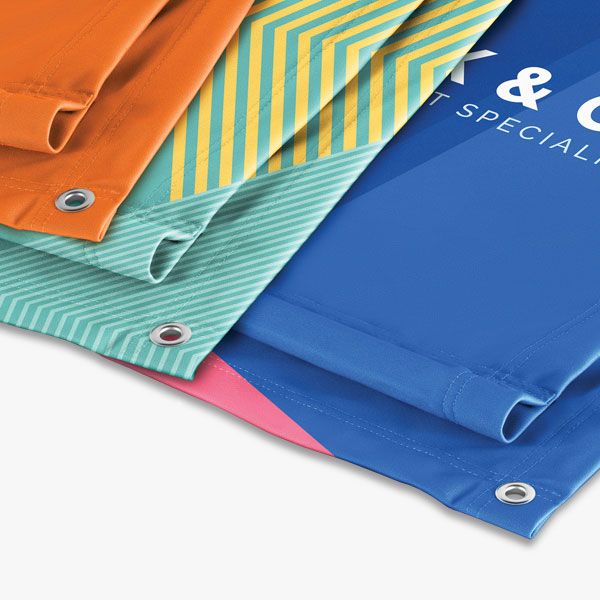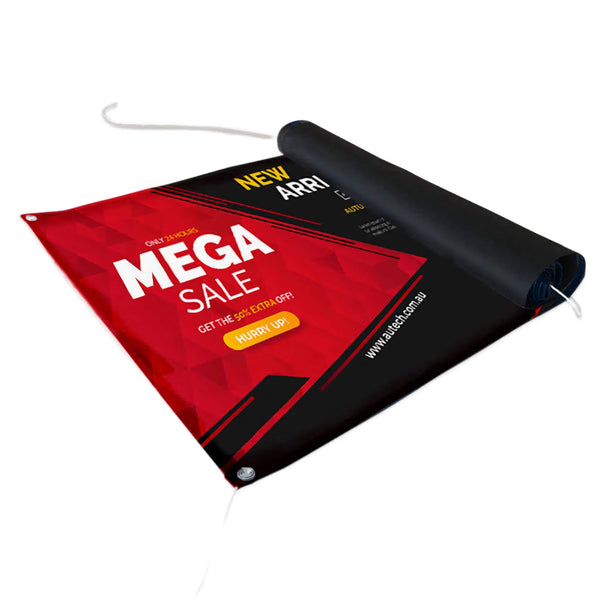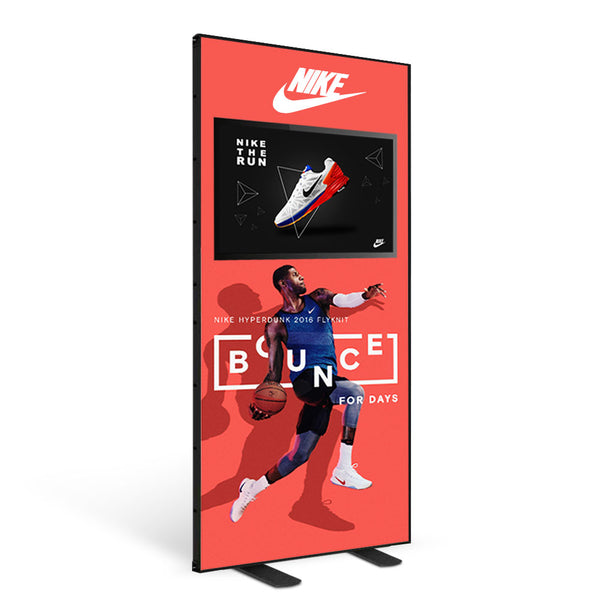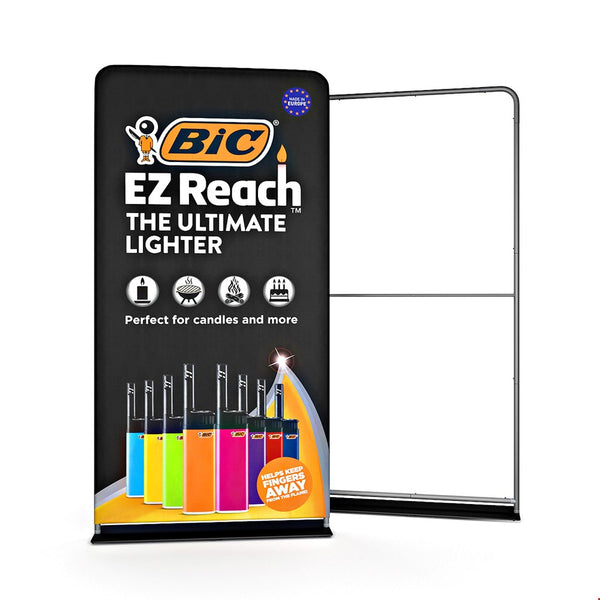3 best fonts
When it comes to creating some printed marketing material, the type of font we will use isn’t usually one of our first thoughts.
We focus on designing and content for each piece beforehand; then, after this is in place, colours and images come into play during the creative process. Finally, when all these other things are figured out, you might consider considering which fonts work best with your overall design goals or what message you want to communicate through specific typeset lettering.
Why is Type Font so Important?
A simple answer to this is – it is!! If your customers can’t easily read the leaflet, flyer, brochure or poster you want them to read, their message will be instantly lost.
Your text must be clear and easy-to-read but should also fit your overall brand identity. To help give you an idea of fonts that work well in print, we have compiled a list of three of the best and worst fonts for printing: Our team sees all sorts of font types go through our printers daily, and we think we know what works well!
1. Century Gothic is a sans serif font created in 1991 for monotype imaging and is great to read from a distance because it's neat, making it a suitable choice for print material. It’s also a good match with the band Franz Ferdinand who is known to use this particular type of lettering on their album covers

2. Helvetica is one of the most recognisable typefaces. It has an elegant, clean feel and can be used for detailed information within a brochure or flyer. You may recognise Helvetica being used by Microsoft, Panasonic, Staples and Evian because they are top brands that like its simple but modern look!

3. Verdana is an excellent choice for print and screen if you want consistency throughout your text. Thanks to its flexibility, it’s very legible, even in small sizes. Matthew Carter designed Verdana in 1996 as part of Microsoft's ClearType Font Collection, which was all created explicitly with on-screen readability in mind, so PayPal has used it since 1999.





